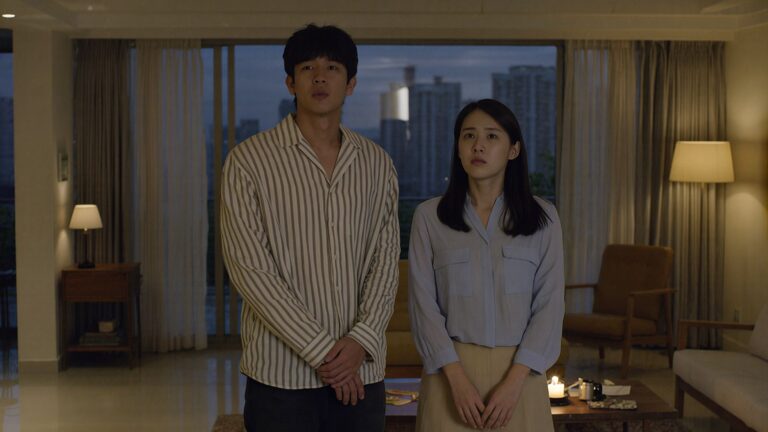It used to be simple. Get married, buy a house, have kids. But now? Young Malaysians are asking a haunting question: Is it even fair to bring a child into this world?
That chilling uncertainty echoed through a recent population forum in Kuala Lumpur. Universiti Malaya’s Dr Vilashini Somiah didn’t sugarcoat it. Youths today, she said, aren’t rejecting marriage or parenthood out of selfishness — they’re weighing a future that looks fragile: war, climate chaos, economic instability, and ever-rising costs.
But if you’re a property investor, this isn’t just sociology. It’s a signal.
Malaysia isn’t just facing a fertility crisis.
It’s heading into a demographic shift that could reshape where, how, and why people buy homes.
Here’s what the latest data and insights could mean for your portfolio — and why fewer babies might just spell more opportunity for the sharp investor.
1. The two-child home is the new luxury — and it’s disappearing
EPF’s Belanjawanku 2025 estimates a family of four now needs at least RM5,880–7,440/month in urban areas just to survive. For many young couples, that pushes the idea of a second child — and a larger home — out of reach.
Investor angle:
Smaller households mean smaller homes will dominate demand. Think efficient 2-bedroom units, urban studios, and dual-key setups — not sprawling 4-bedroom terraces.
2. Marriage might be late, but co-living is early
With marriage postponed by economic anxiety, a growing cohort of single professionals is emerging. Many will choose to rent or co-own with friends or siblings before ever settling down.
Investor angle:
Expect rising demand for mid-term rentals, co-living units, and flexible living arrangements. Developers may pivot toward modular designs or shared-living amenities that mimic dorm-style community for adults.
3. Daycare is the new square footage
Forget playgrounds and guardhouses — parents today are obsessed with convenience and cost savings. A property with integrated childcare or near an affordable nursery could leapfrog others in value.
Investor angle:
Family-oriented developments with built-in childcare services or proximity to quality preschools will command a premium. This could apply to both rental and resale.
4. Urban exodus? Not quite — but hybrid work is changing geography
Financial stress and future fears don’t always push people to the suburbs anymore. What they do instead is look for value — and that means second-tier cities or fringe areas with decent infrastructure, strong digital connectivity, and cheaper living costs.
Investor angle:
Look beyond KL, JB, and Penang. Secondary growth corridors like Seremban, Rawang, and Ipoh may see a rise in younger families seeking affordability without losing modern comforts.
5. Empty nurseries, full retirement homes?
If fertility continues to decline, Malaysia’s population will tilt older. That means fewer babies and more elderly parents. Families may delay childbearing but find themselves needing to care for aging relatives sooner than expected.
Investor angle:
Senior-friendly housing — with lift access, healthcare proximity, or even assisted-living elements — may outperform traditional “family homes” in the long run. Bonus: these can serve both retirees and sandwich-generation buyers.
6. The ‘silent affordability’ revolution will shape what’s built
Most young people want kids. The UNFPA’s 2025 global survey confirmed this — but 39% said they can’t afford as many as they desire. Another 20% pointed to job insecurity.
Investor angle:
This disconnect will force both policymakers and developers to address value-for-money family housing. Think: state incentives, PR1MA 2.0, or hybrid rent-to-own schemes that blend public-private solutions.
Final Word: The Missing Children Are a Signal
Malaysia’s fertility hesitation isn’t just a social story. It’s a market signal about evolving lifestyles, shrinking family sizes, and rising anxieties. Investors who read these cues early — and build or buy for the real lives people are living now — will outperform those stuck in the past.
Because in the future, the homes that sell won’t be the biggest. They’ll be the ones that make the hard parts of modern family life just a little bit easier.
